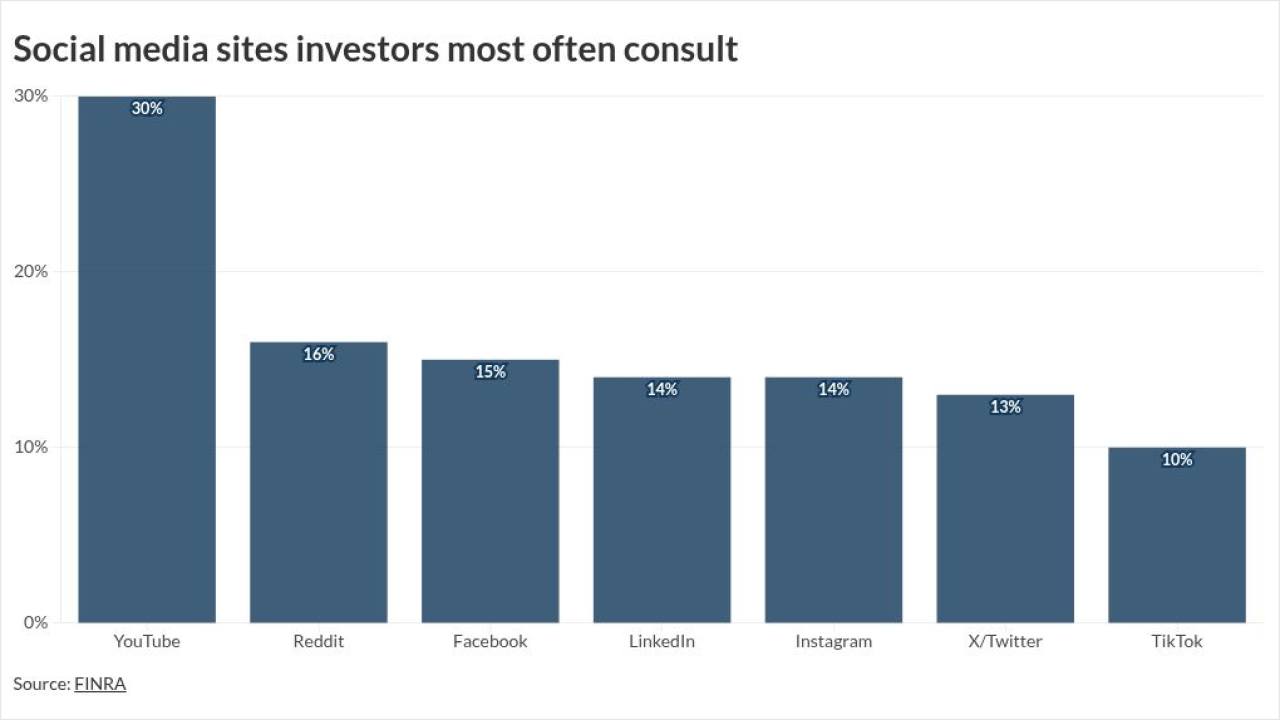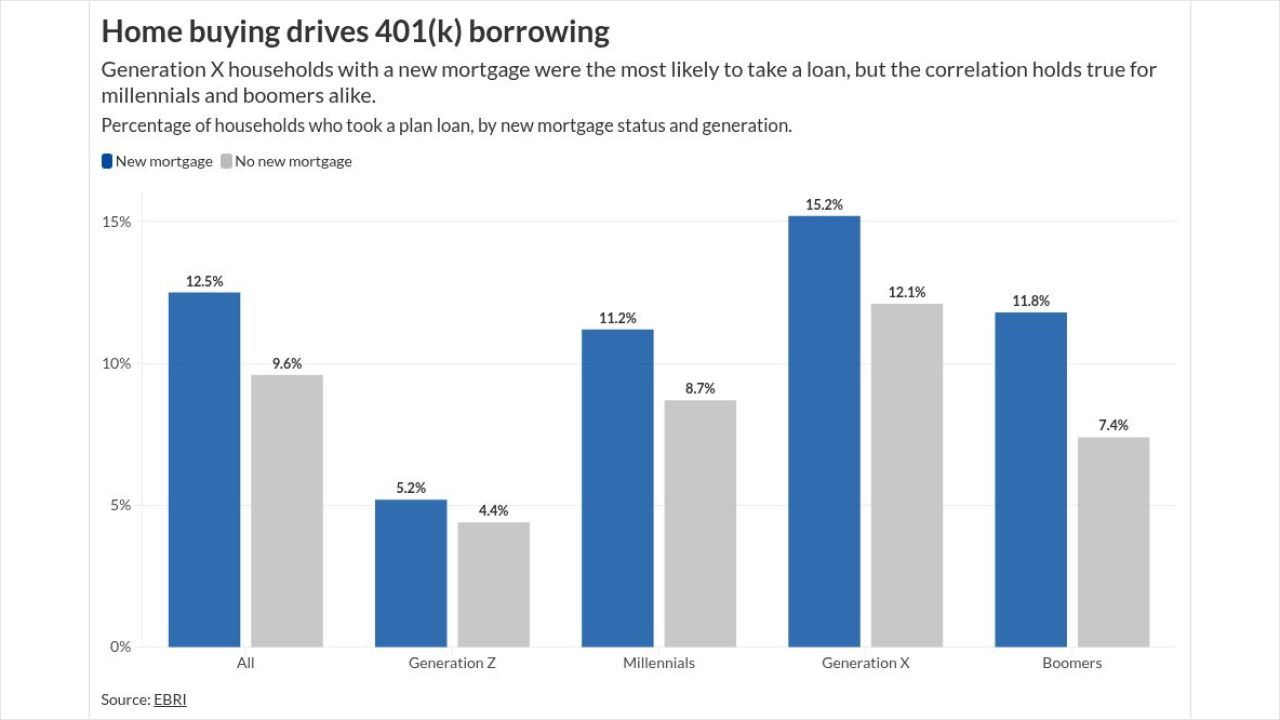Welcome back to "Crash or Land," the column where Financial Planning checks up on the health of the U.S. economy. Whenever a key new data point emerges — whether it's a jobs report, inflation numbers or the latest move by the Fed — we ask wealth management's sharpest minds one question: Does it bring us closer to a recession or to a soft landing?
This week we're taking a look at the building blocks of the American economy: jobs.
On Friday, the U.S. Bureau of Labor Statistics (BLS) released its employment report for February, which came in hotter than many economists expected. Last month, the economy added 275,000 jobs, including in health care, government, food services, transportation and other areas. This marked the third month in a row that the economy gained more than 200,000 jobs.
Later that day, President Joe Biden trumpeted the good news, echoing some of the language of his State of the Union address.
"Three years ago, I inherited an economy on the brink. Now our economy is the envy of the world," Biden said in a statement. "We added 275,000 jobs last month — nearly 15 million since I took office. … Across the country, the American people are writing the greatest comeback story never told."
But the news wasn't all good. The BLS also reported that unemployment rose to 3.9% last month, up slightly from 3.7% in January. That's an increase of 334,000 people, bringing the total number of unemployed Americans to 6.5 million — up from 6 million one year ago.
READ MORE: Inflation just came down, so why is Wall Street nervous?
Even with regard to the new jobs, what's good for the economy right now might cause trouble in the long run. As the Federal Reserve ponders when to start cutting interest rates, it's looking for data to show the economy is cooling down. A hot labor market could give the opposite impression, potentially inducing the Fed to hold off for now.
"Reducing policy restraint too soon or too much could result in a reversal of progress we have seen in inflation and ultimately require even tighter policy to get inflation back to 2%," Fed Chair Jerome Powell told Congress last week. "In considering any adjustments to the target range for the policy rate, we will carefully assess the incoming data, the evolving outlook and the balance of risks."
So how should we look at the new job numbers? Are they a welcome sign of a healthy economy, or an omen that the long-awaited interest rate cuts — and the boost they would likely give businesses, consumers and the stock market — will have to wait?
For answers, we turned to some of the best-informed analysts and economists in wealth management. Here's what they said:






